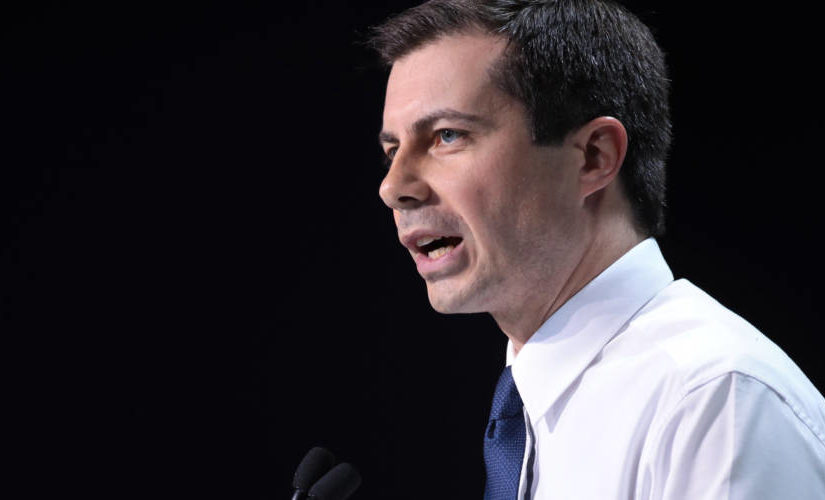+ info: Journal of Sports Media (Lori Dann y Tracy Everbach, 2016)
Dann, Lori and Tracy Everbach. «Opening the Sports Closet: Media Coverage of the Self-Outings of Jason Collins and Brittney Griner.» Journal of Sports Media, vol. 11 no. 1, 2016, p. 169-192. Project MUSE, doi:10.1353/jsm.2016.0003.
This textual-discourse analysis examines coverage of the coming-out revelations of two American professional athletes in major sports media. When Brittney Griner of the WNBA and Jason Collins of the NBA made their announcements within two weeks of each other in April 2013, sports media embraced both athletes by praising their courage and calling for tolerance. However, sports media treated Collins’s revelation as big news and Griner’s as routine. The sports world continues to cling to the idea that masculinity and heterosexuality are linked, in line with the concept of masculine hegemony. Because Griner defies societal constructions of femininity, she adheres to the stereotypical view that aggressive female athletes are “masculine.” The media discourse reflected these conceptual frameworks. Yet the positive media coverage in support of these gay athletes demonstrates that these constructions may be in flux.




